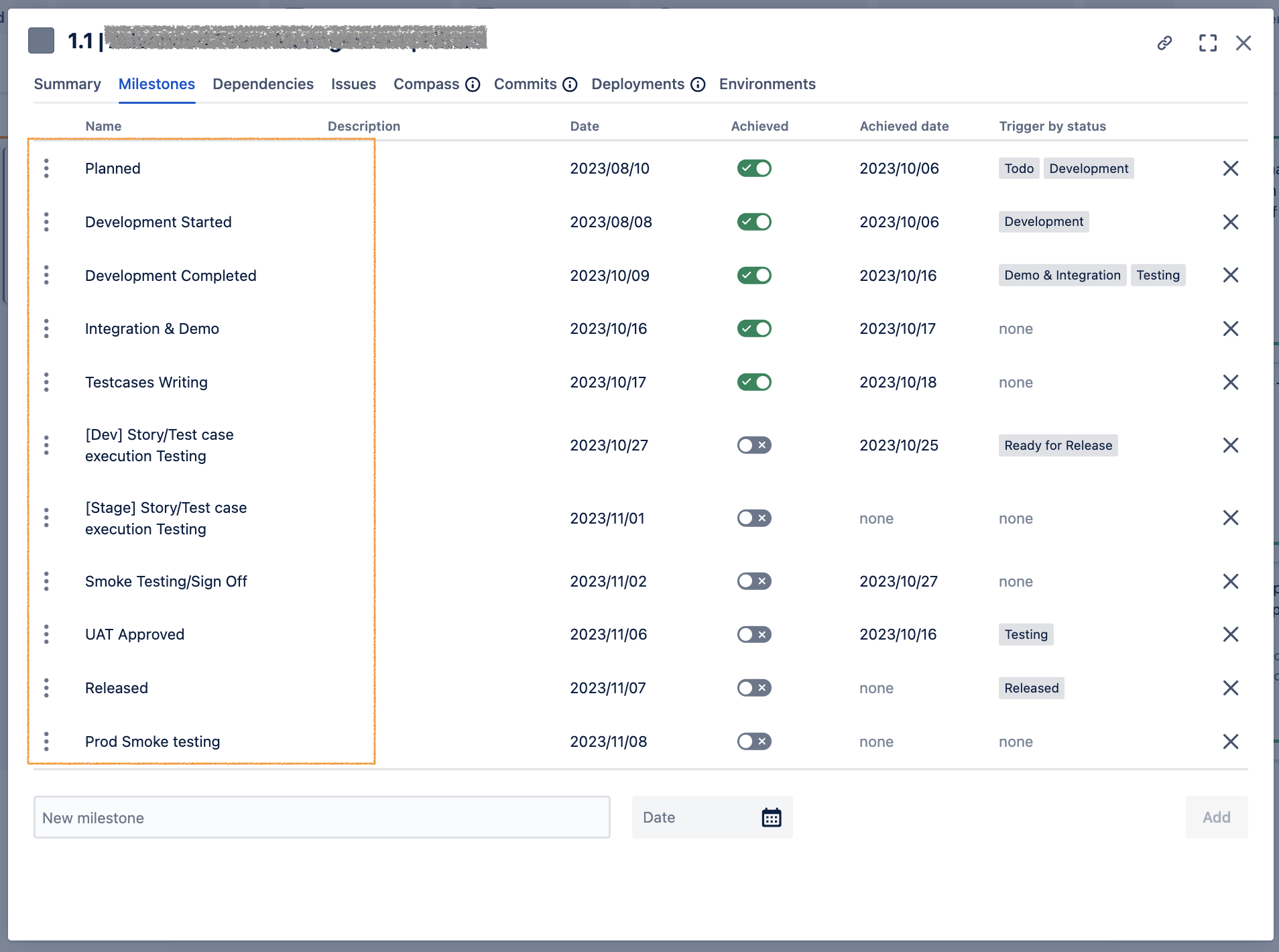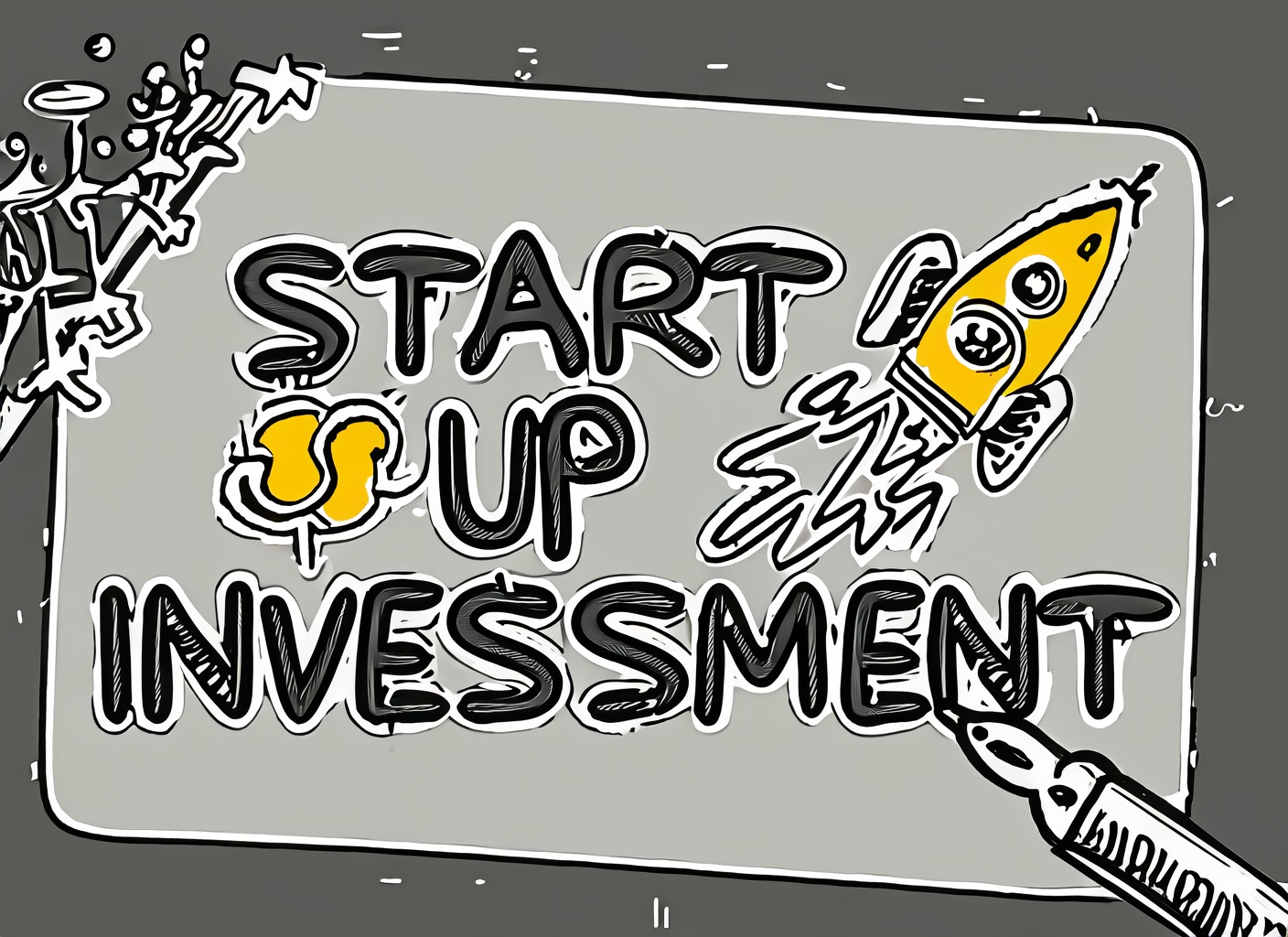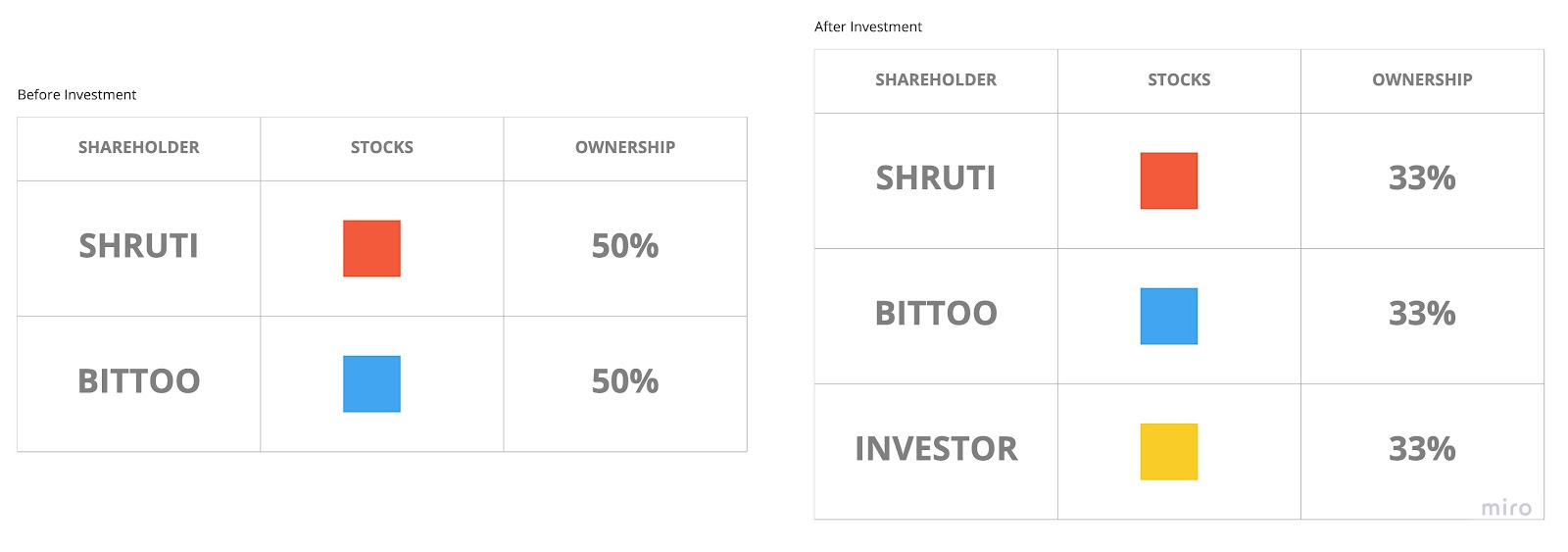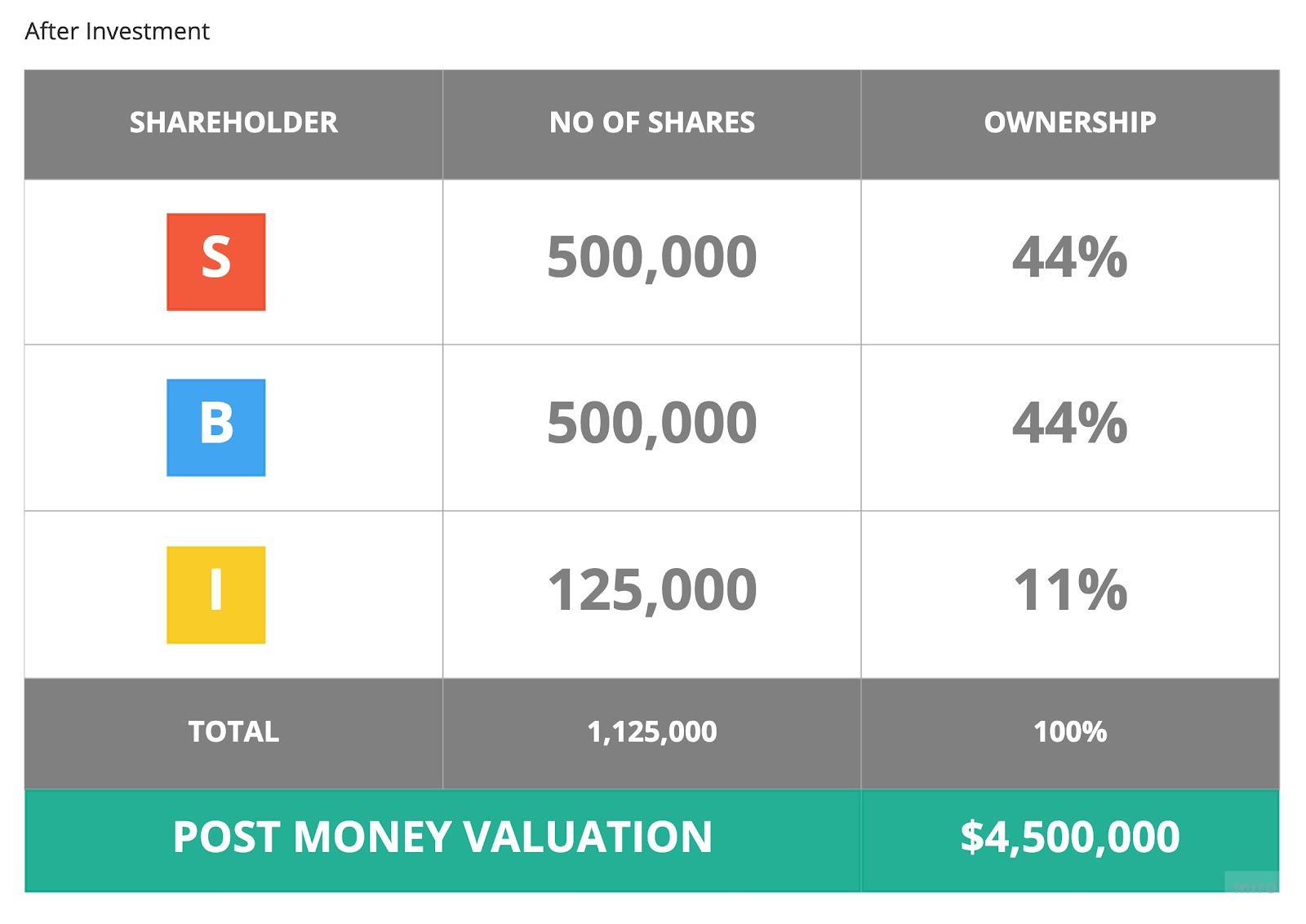Simplify Your Work Life: Prioritisation Tips for Tech Leaders

As professionals in the tech industry, be it leaders, software engineers, or managers, we often find ourselves juggling numerous tasks. Some are urgent and necessary, while others seem to demand our attention without being truly important. The Eisenhower Matrix is a tool that can help you sort through the noise and focus on what truly matters. Let’s explore how to use this tool in your daily life for more intentional and impactful work.
Understanding the Eisenhower Matrix
The Eisenhower Matrix is a simple 2×2 grid that helps you categorize tasks based on their importance and urgency:
Important and Urgent: Do these tasks immediately.
Important but Not Urgent: Plan these tasks for later.
Urgent but Not Important: Delegate these tasks if possible.
Neither Urgent Nor Important: Eliminate these tasks.
Now, let’s dive into each quadrant and see how to apply them effectively.
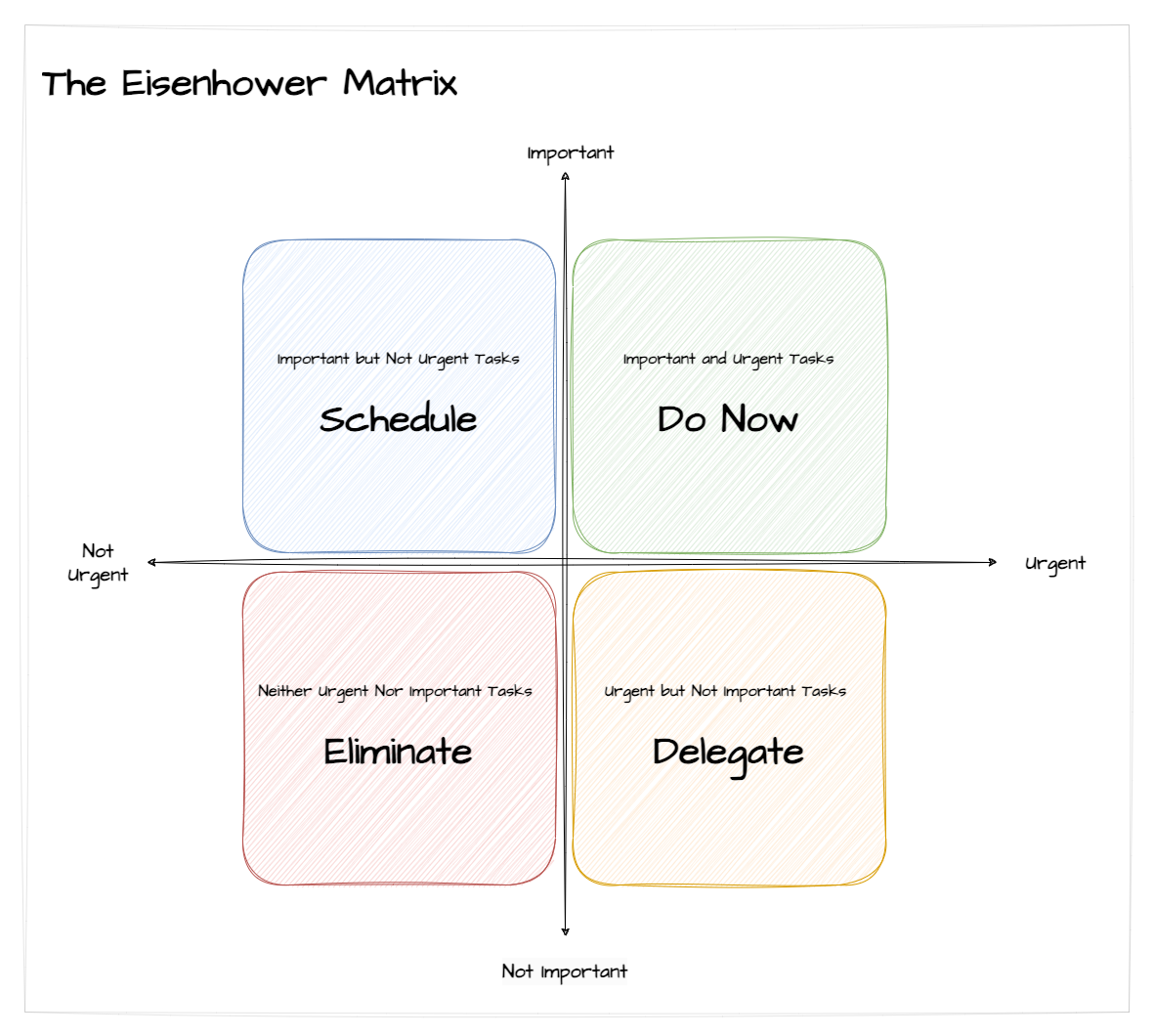
1. Do Now: Important and Urgent Tasks
Tasks in this category are non-negotiables. They need your immediate attention. It could be a critical bug in your code, a pressing client meeting, or a looming project deadline. These tasks directly impact your success and should be tackled first.
Actions
Prioritise these tasks at the start of your day.
Avoid multitasking and focus on completing them one at a time.
2. Schedule: Important but Not Urgent Tasks
This quadrant often gets overlooked, but it holds the key to long-term success. Tasks here are related to strategic planning, personal growth, and career development. Examples include learning new technologies, planning your career path, or mentoring a colleague.
Actions
Schedule time for these tasks. Dedicate specific time blocks weekly or monthly.
Develop habits or rituals for this time, so you don’t feel lost.
3. Delegate: Urgent but Not Important Tasks
Tasks in this quadrant demand immediate action but don’t contribute significantly to your long-term goals. Examples include routine administrative work or responding to non-critical emails.
Actions
Delegate these tasks to others when possible.
If you must do them, allocate specific time slots, so they don’t consume your whole day.
4. Eliminate: Neither Urgent Nor Important Tasks
Tasks in this quadrant are time-wasters and distractions. Examples include mindlessly scrolling through social media or attending unnecessary meetings.
Actions
Eliminate these tasks from your schedule.
Use the time saved to focus on Quadrants 1 and 2.
Conclusion
The Eisenhower Matrix is a powerful tool to help you invest your time and energy where it matters most. By categorising tasks effectively, you can ensure that your important and strategic tasks get the attention they deserve. This will not only boost your productivity but also drive your career towards long-term success.
Remember to review and update your task list regularly, and don’t be afraid to shift tasks between quadrants as priorities change. Now, go ahead and prioritize your tasks using the Eisenhower Matrix for a more intentional and fulfilling work life.
Happy prioritising!


